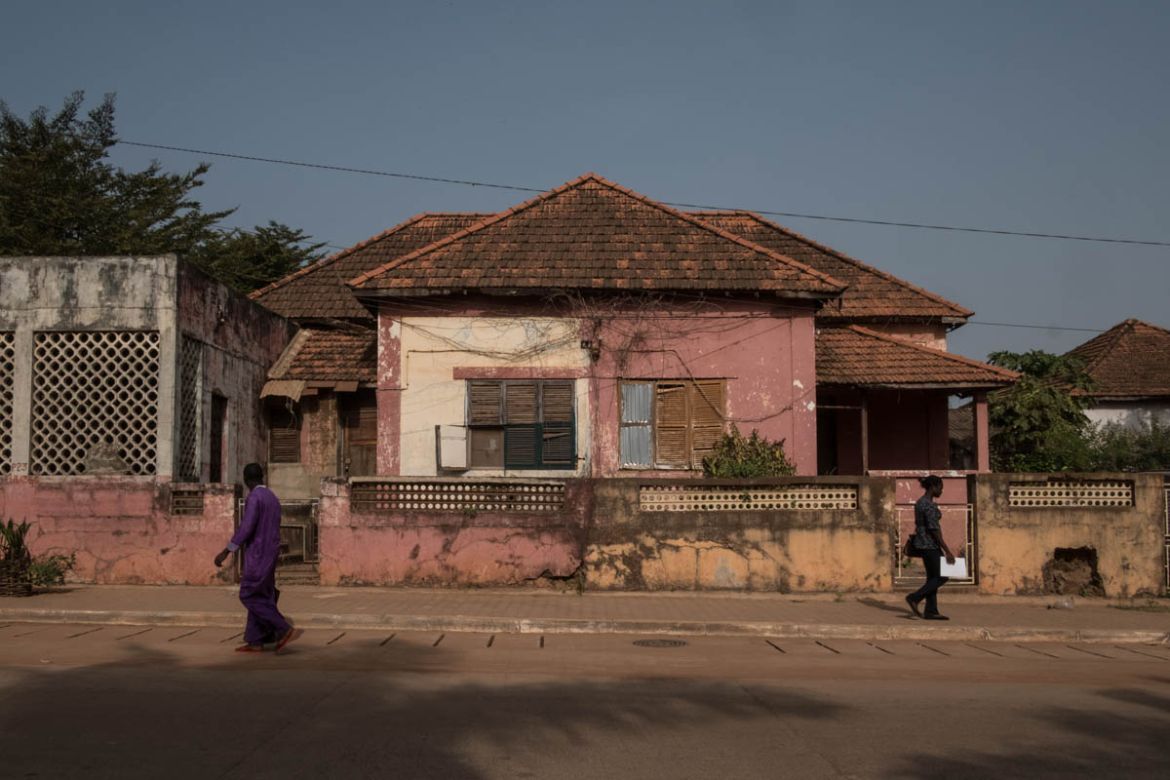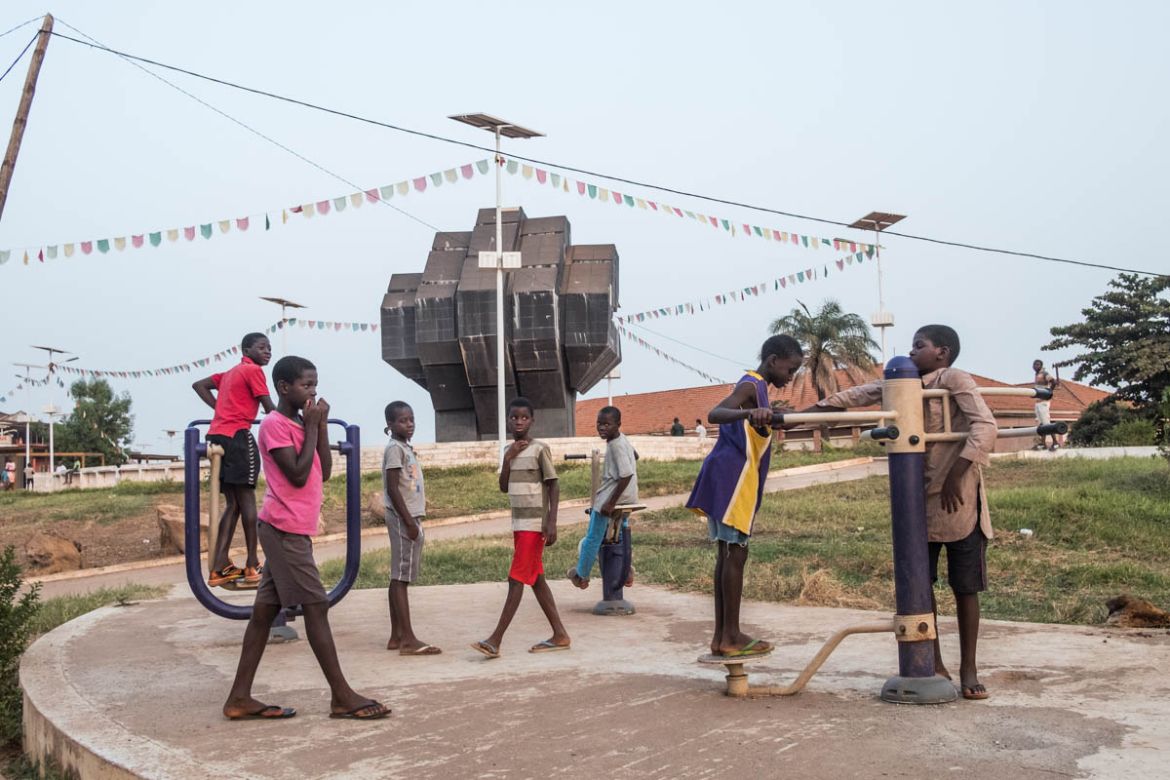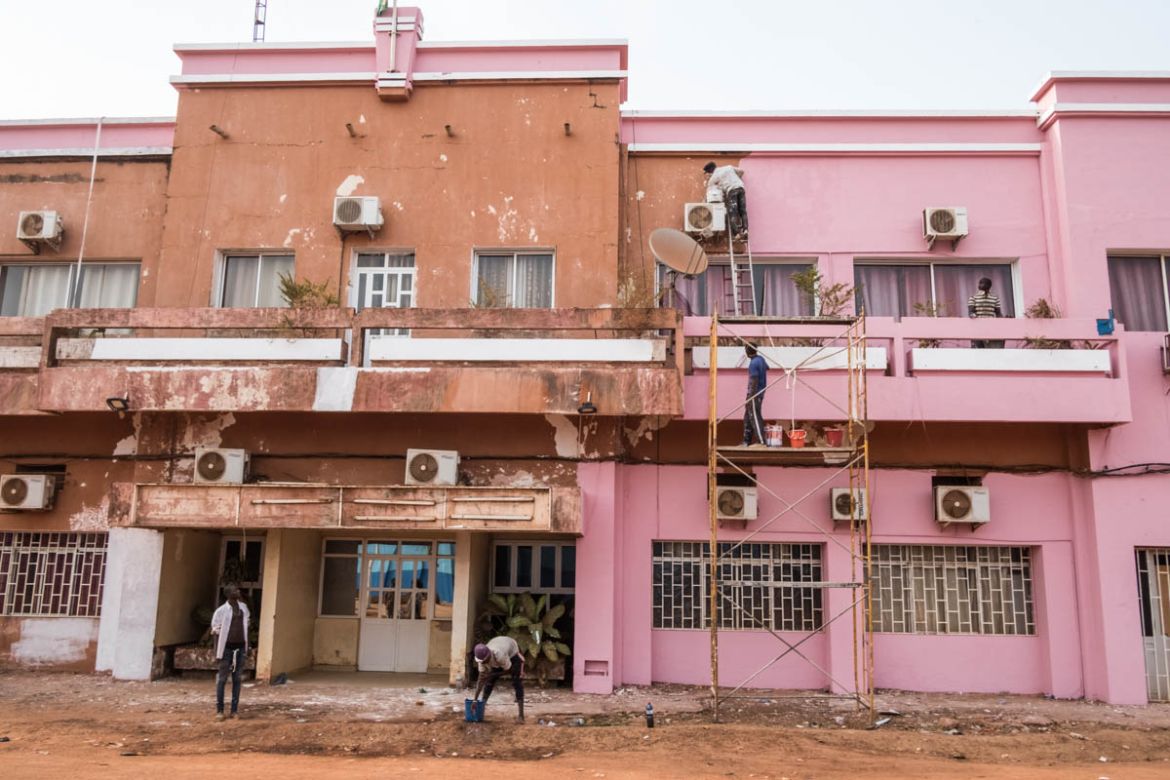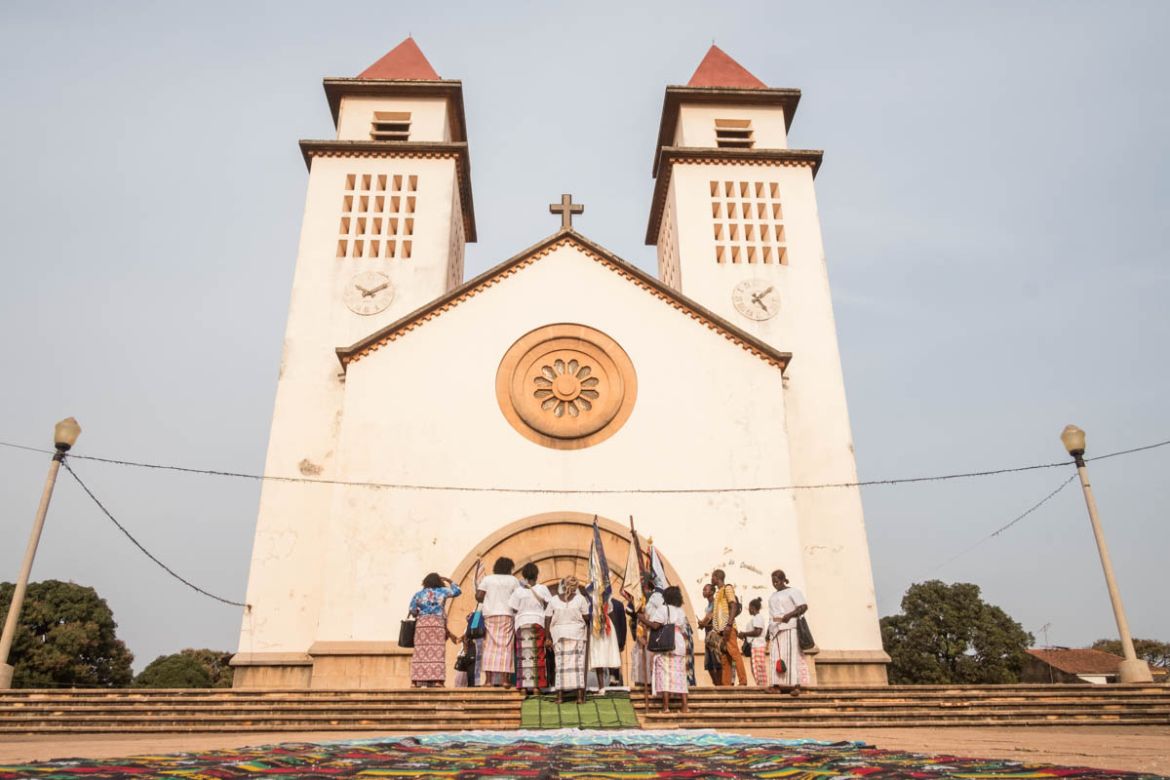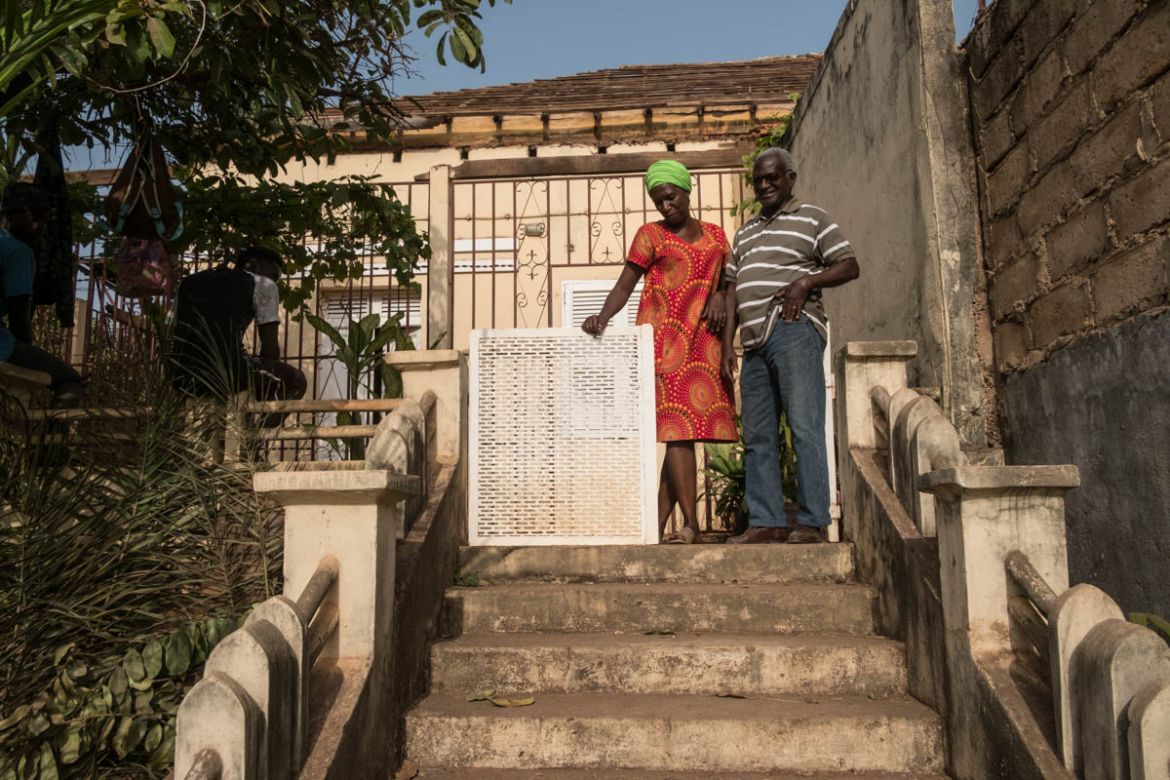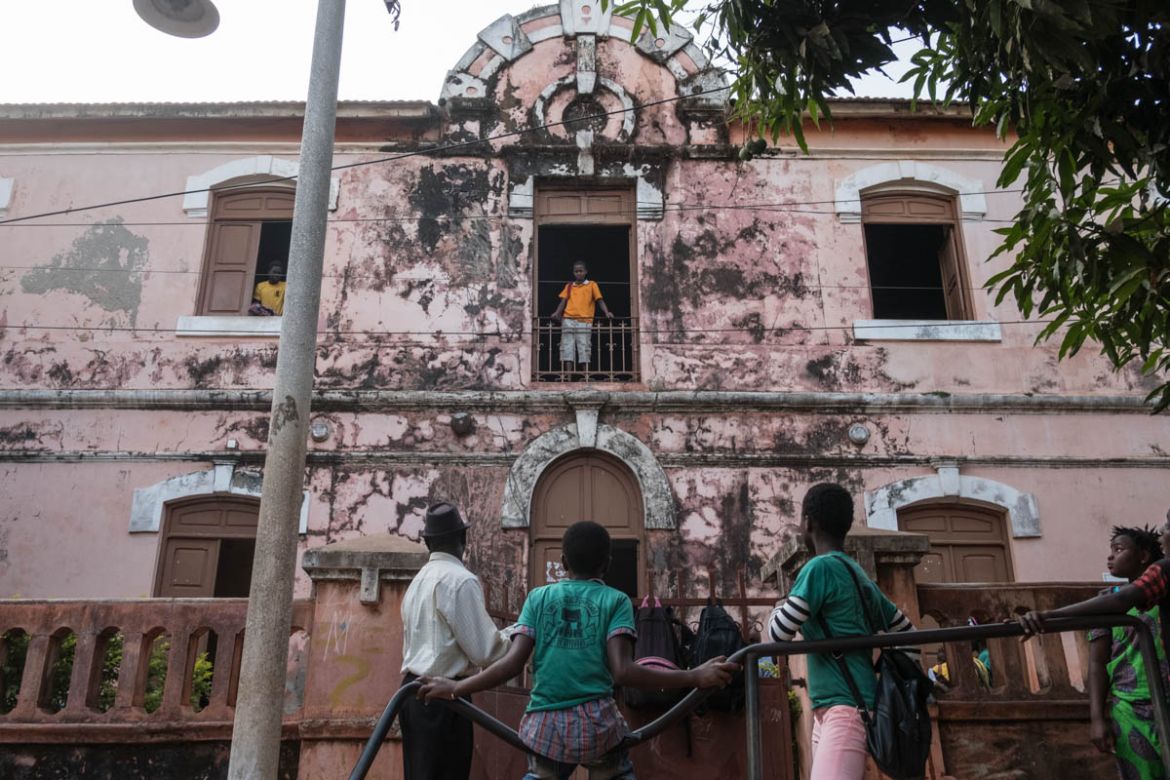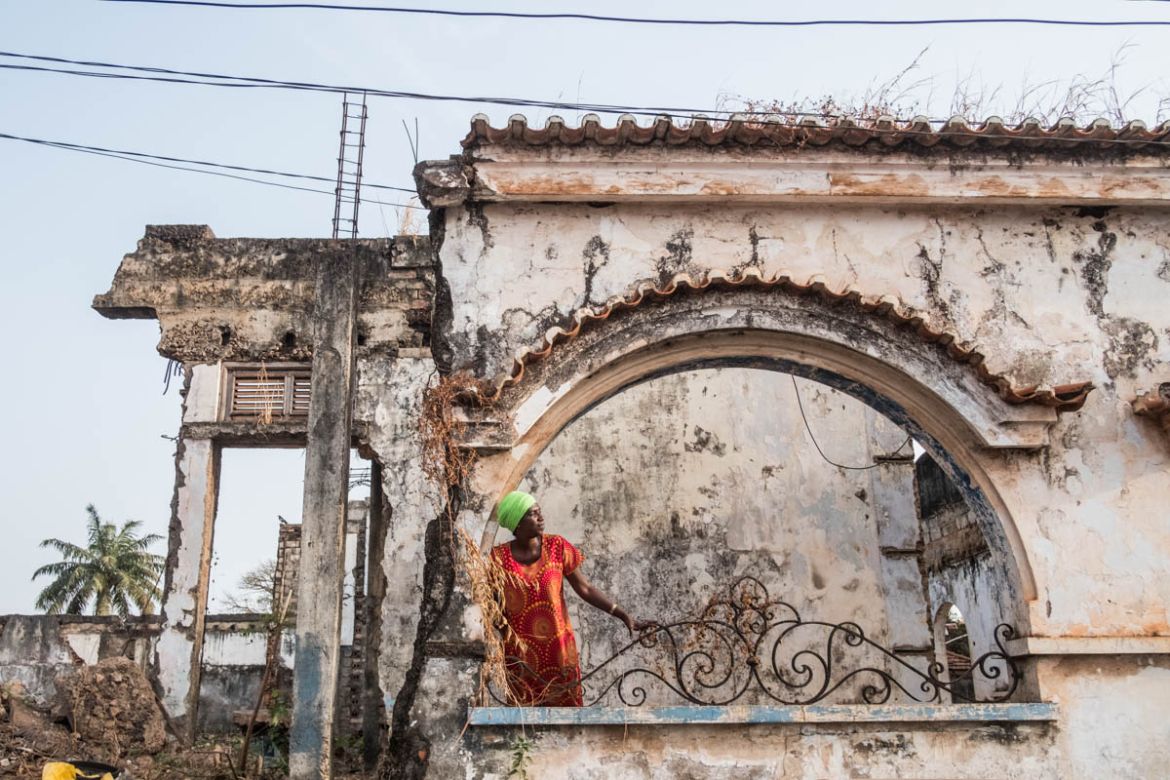In Pictures
Crumbling architecture of former narco-state in Bissau
Like the country’s glacial political process, the city’s historical buildings reflect roots of colonialism.
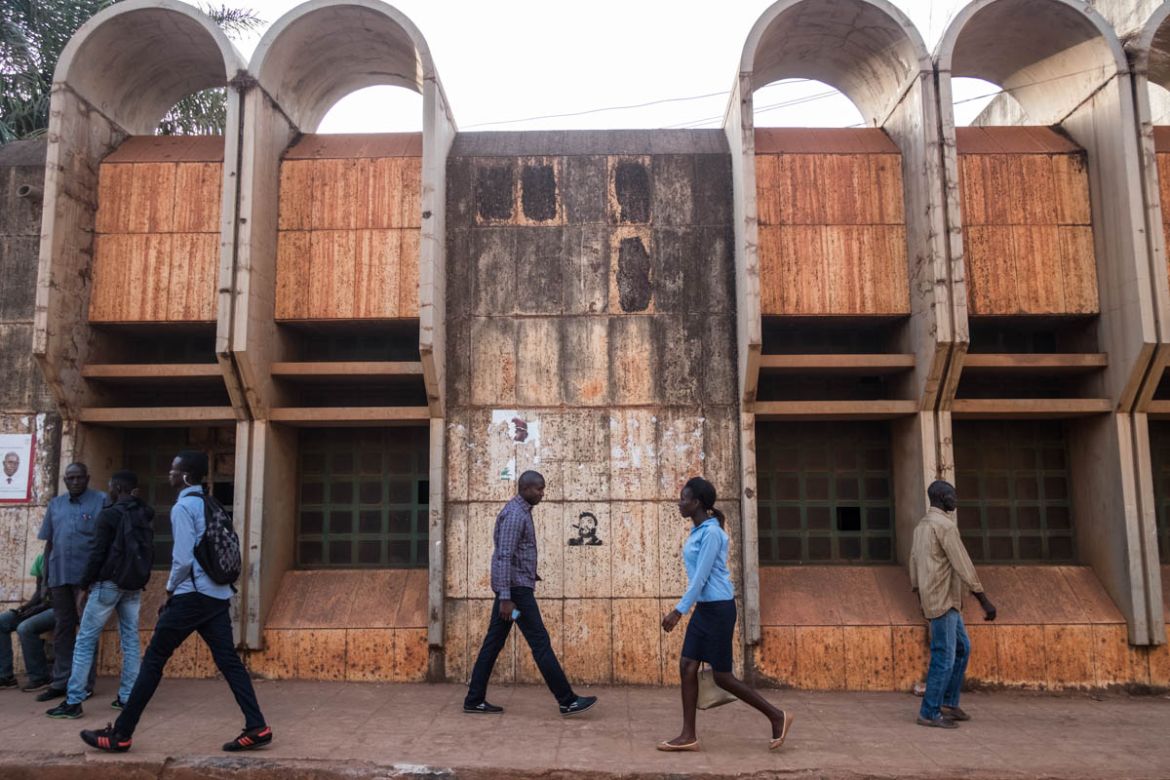
Bissau, Guinea Bissau – For a decade after its independence in 1974, the residents and business owners in Guinea Bissau’s capital city – especially the area known as “Bissau Velho” (Old Bissau), were required by law to repaint the facades of their buildings each December.
But then the civil war of the 1980s tore through the country, and though the law remained on the books, the practice of painting the colonial-era buildings at the end of every year faded, along with the colourful paint on the buildings lining the former Portuguese colony’s roads on the seaside city.
With the passing of time, governments changed hands, but most of Bissau Velho’s roads are still lined with buildings that were there when the Portuguese colonial powers imposed their will.
The buildings speak of the country’s past – and the political tug-of-war standstill of its present.
“The building edifices are the history of each country,” says Guinea-Bissauan architect Djamila Gomes, as she drives around the streets of Bissau’s downtown area, reeling off the history of many of the city’s oldest buildings.
Bissau was named the capital by the Portuguese in 1939, and much of the city’s structures were built in the early forties.
Today, especially in Bissau Velho, many of these structures are abandoned and crumbling, much to the dismay of Gomes.
“It’s not just about things you learn in school – the history must be visible and something everything can see,” she says.
At one end of the downtown area sits the presidential palace, where today’s leaders are mostly from the ruling PAIGC party, which fought for independence and was founded by Amilcar Cabral. They are still ruling the country more than 40 years later, but the president and parliament are locked in a political battle over who should be named prime minister.
The parliament has not met in over two years, but the country’s workers grind on – selling cashews (the country’s number one export), oysters and fish in the shadows of historical buildings.
The road that leads from the presidency to the port is named after independence hero Cabral, and along this street buzzing with Bissau’s signature blue taxis, Joao Arlene da Costa is busy restoring his colonial-era home to its original state.
Before independence, Da Costa worked at Casa Gouveia, a Portuguese-owned export business where he was paid less than his Portuguese counterparts.
It was a strike by Guinea-Bissauan dock workers against the company that was one of the sparks that ignited the fight for independence. After the more than decade-long war was won by Guinea Bissau, the country nationalised the Portuguese company and gave some of the workers homes that had belonged to the Portuguese.
That is how Da Costa received his home on Amilcar Cabral Avenue. Now he wants to restore it to its former glory, keeping intact its painful history.
“For me, the independence was everything – to have an independent Guinea Bissau. Whatever arrives afterwards… is something else. But for me independence was everything,” he says.
Sometimes it feels as if the neglected buildings along the roads echo the sentiments of this older generation, but does the next generation long for something more? In 2015, international donors pledged more than one billion euros in aid to help Guinea Bissau realise a ten-year development plan.
But that money has been stalled since August of that year when President Mario Jose Vaz removed then-Prime Minister Domingos Simoes Pereira. At the time of his ouster, Pereira’s government had launched a plan to restore the architecture of three important historical cities. Those plans were abandoned once he was fired.
Amid Guinea Bissau’s peaceful political uncertainty, the facades of its historical buildings are visibly neglected, but they – along with the country – still stand and declare their own style of beauty.
